Analysis of Sustainable Public Transportation and Mobility Recommendations for Montevideo and Parque Rodó Neighborhood
Abstract
1. Introduction
2. Sustainable Mobility
3. Related Work
4. Sustainable Public Transportation Initiatives in Montevideo
4.1. The Public Transportation System of Montevideo, Uruguay
4.2. Analysis of Sustainable Mobility Initiatives in Montevideo
4.2.1. Electric Bus (Pilot Plan)
4.2.2. Public Bicycles
4.2.3. Electric Scooters
4.2.4. Other Initiatives
4.2.5. Promotion of Walking and Discourage the Use of Private Motorized Vehicles
4.3. Indicators to Assess Sustainable Mobility in Montevideo
4.3.1. Quantitative Indicators
4.3.2. Qualitative Indicators
4.4. Analysis and Results
Quantitative Indicators
4.5. Qualitative Indicators
4.6. General Recommendations for Sustainable Mobility Initiatives in Montevideo
5. Practical Approach for Analysis and Implementation of a Sustainable Mobility Plan for Engineering Faculty and Parque Rodó Neighborhood, Montevideo
5.1. Mobility Analysis and Survey
5.1.1. Engineering Faculty and Parque Rodó Neighborhood
5.1.2. Motivation and Objectives of the Study
5.1.3. Methodology for Collecting Data
- Do you study or work at Engineering Faculty?
- Do you travel often to this area?
- What is the origin and destination of your trip?
- What transportation mode(s) do you use for commuting to study/work in the neighborhood or from this neighborhood to other zones of Montevideo?
- If you use more than one transportation mode, specify the percentage of utilization.
- How often do you make these travels weekly?
- Which aspects are the most relevant for you while commuting?
- Would you be willing to switch to a more sustainable transportation mode?
- To what transportation mode would you be willing to change?
- What do you think it prevents you to change to a more sustainable mobility ?
5.1.4. Methodology for Data Analysis
5.2. Analysis of Results
5.3. General Recommendations for Sustainable Mobility Initiatives in Parque Rodó Neighborhood and Engineering Faculty
6. Conclusions and Future Work
Author Contributions
Funding
Conflicts of Interest
References
- Harvey, D. Social Justice, Postmodernism and the City. Int. J. Urban Reg. Res. 1992, 16, 588–601. [Google Scholar] [CrossRef]
- Cardozo, O.; Rey, C. La vulnerabilidad en la movilidad urbana: Aportes teóricos y metodológicos. In Aportes Conceptuales y Empíricos de la Vulnerabilidad Global; Foschiatti, A., Ed.; Editorial Universitaria de la Universidad Nacional del Nordeste: Chaco, Argentina, 2007; pp. 398–423. [Google Scholar]
- Jeon, C.; Amekudzi, M. Addressing Sustainability in Transportation Systems: Definitions, Indicators, and Metrics. J. Infrastruct. Syst. 2005, 11, 31–50. [Google Scholar] [CrossRef]
- Barrionuevo, J.; Berrone, P.; Ricart, J. Smart cities, sustainable progress. IESE Insight 2012, 14, 50–57. [Google Scholar] [CrossRef]
- Miller, P.; de Barros, A.; Kattan, L.; Wirasinghe, S. Public transportation and sustainability: A review. KSCE J. Civ. Eng. 2016, 20, 1076–1083. [Google Scholar] [CrossRef]
- Ministry of Industry, Energy, and Mining, Uruguay. Proyecto MOVÉS: Movilidad Urbana Eficiente y Sostenible. 2017. Available online: https://www.miem.gub.uy/energia/proyecto-moves-movilidad-urbana-eficiente-y-sostenible (accessed on 1 August 2019).
- Hipogrosso, S.; Nesmachnow, S. Sustainable Mobility in the Public Transportation of Montevideo, Uruguay. In Smart Cities; Communications in Computer and Information Science; Springer: Berlin/Heidelberg, Germany, 2020; Volume 1152, pp. 93–108. [Google Scholar]
- General Assembly of the United Nations. Report of the World Commission on Environment and Development: Our Common Future. 1987. Available online: http://www.ask-force.org/web/Sustainability/Brundtland-Our-Common-Future-1987-2008.pdf (accessed on 1 August 2019).
- World Business Council for Sustainable Development. Methodology and Indicator Calculation Method for Sustainable Urban Mobility. Technical Report 978-2-940521-26-5, WBCSD. 2015. Available online: https://www.eltis.org/sites/default/files/trainingmaterials/smp2.0_sustainable-mobility-indicators_2ndedition.pdf (accessed on 1 May 2019).
- General Assembly of the United Nations. Sustainable Development Goals. 2015. Available online: https://sustainabledevelopment.un.org/ (accessed on 1 April 2020).
- Banister, D. The sustainable mobility paradigm. Transp. Policy 2008, 15, 73–80. [Google Scholar] [CrossRef]
- Marshall, S. The challenge of sustainable transport. In Planning for a Sustainable Future; Layard, A., Davoudi, S., Batty, S., Eds.; Spon: London, UK, 2001; pp. 131–147. [Google Scholar]
- C40 Cities Climate Leadership Group. Good Practice Guide. Transport Oriented Development. 2016. Available online: https://www.c40.org/networks/transit-oriented-development (accessed on 1 May 2020).
- Gudmundsson, H.; Hall, R.; Marsden, G.; Zietsman, J. Sustainable Transportation; Springer: Berlin/Heidelberg, Germany, 2016. [Google Scholar]
- Xiong, Z.; Sheng, H.; Rong, W.; Cooper, D. Intelligent transportation systems for smart cities: A progress review. Sci. China Inf. Sci. 2012, 55, 2908–2914. [Google Scholar] [CrossRef]
- Litman, T.; Burwell, D. Issues in sustainable transportation. Int. J. Glob. Environ. Issues 2006, 6, 331–347. [Google Scholar] [CrossRef]
- Litman, T. Exploring the Paradigm Shifts Needed To Reconcile Transportation and Sustainability Objectives. Transp. Res. Rec. 1999, 1670, 8–12. [Google Scholar] [CrossRef]
- Rodrigues, A.; Costa, M.; Macedo, M. Multiple views of sustainable urban mobility: The case of Brazil. Transp. Policy 2008, 15, 350–360. [Google Scholar]
- Johnston, R. Indicators for Sustainable Transportation Planning. Transp. Res. Rec. J. Transp. Res. Board 2008, 2067, 146–154. [Google Scholar] [CrossRef]
- Maclaren, V. Exploring the paradigm shift needed to reconcile sustainability and transportation objectives. J. Am. Plan. Assoc. 1999, 62, 184–202. [Google Scholar] [CrossRef]
- Rodrigues, A.; da Silva, M.; Rodrigues, R. Development and Application of I_SUM—An Index of Sustainable urban Mobility. Transportation Research Board Annual Meeting. 2010. Available online: https://www.researchgate.net/publication/277124018_Development_and_application_of_I_SUM_an_index_of_sustainable_urban_mobility (accessed on 4 May 2019).
- Baidan, A. A Brief Analysis of the Sustainable Mobility Approach in Bucharest. Procedia Environ. Sci. 2016, 32, 168–176. [Google Scholar]
- Lyons, W. Sustainable Transport in the Developing World: A Case Study of Bogota’s Mobility Strategy. In Proceedings of the International Conference on Sustainable Infrastructure, New York, NY, USA, 26 October 2017. [Google Scholar]
- Nesmachnow, S.; Tchernykh, A.; Cristóbal, A. Planificación de transporte urbano en ciudades inteligentes. In Proceedings of the I Ibero-American Conference on Smart Cities, Soria, Spain, 26–27 September 2018; pp. 204–218. Available online: https://www.fing.edu.uy/eventos/WPTCI/presentaciones/PlanificaciC3B3ndetransporteurbanoenciudadesinteligentes.pdf (accessed on 1 May 2019).
- Ministry of Industry, Energy, and Mining, Uruguay. Plan Institucional de Movilidad Sostenible. 2019. Available online: https://moves.gub.uy/iniciativa/plan-institucional-de-movilidad-sostenible (accessed on 1 March 2020).
- Abreu, P.; Vespa, J. Plan de Movilidad. 2010. Available online: http://www.montevideo.gub.uy/sites/default/files/plan_de_movilidad.pdf (accessed on 30 December 2018).
- Acosta, I. Uruguay’s Public Transport Goes Electric. Tierramerica. Environment and Development. Available online: http://www.ipsnews.net/2014/03/uruguays-public-transport-goes-electric (accessed on 24 March 2014).
- CUTCSA. Reporte Social 2016–2017. Available online: http://www.cutcsa.com.uy/content/uploads/2019/02/Reporte-Social-2016-2017.pdf (accessed on 1 August 2019).
- Infonegocio. El Estado Subsidiará Para que Haya 120 Ómnibus Totalmente Eléctricos y sin Escalones. Available online: https://infonegocios.biz/enfoque/el-estado-subsidiara-para-que-haya-120-omnibus-totalmente-electricos-y-sin-escalones (accessed on 1 January 2020).
- Presidencia de la República. Subsidios de Gobierno e Intendencia Posibilitan que 54 Taxis Eléctricos Funcionen en Montevideo. December 2018. Available online: https://www.presidencia.gub.uy/comunicacion/comunicacionnoticias/54-taxis-electricos-miem-ute-montevideo (accessed on 20 January 2020).
- Intendencia de Montevideo. Ciudad Vieja a Escala Humana. 2015. Available online: https://montevideo.gub.uy/ciudad-vieja-a-escala-humana (accessed on 1 May 2020).
- Shen, L.; Du, L.; Yang, X.; Du, X.; Wang, J.; Hao, J. Sustainable Strategies for Transportation Development in Emerging Cities in China: A Simulation Approach. Sustainability 2018, 10, 844. [Google Scholar] [CrossRef]
- Toutouh, J.; Lebrusán, I.; Nesmachnow, S. Computational Intelligence for Evaluating the Air Quality in the Center of Madrid, Spain. In Communications in Computer and Information Science; Springer: Berlin/Heidelberg, Germany, 2020; pp. 115–127. [Google Scholar]
- Anagnostopoulou, E.; Bothos, E.; Magoutas, B.; Schrammel, J.; Mentzas, G. Persuasive Technologies for Sustainable Mobility: State of the Art and Emerging Trends. Sustainability 2018, 10, 2128. [Google Scholar] [CrossRef]
- Atash, F. Redesigning Suburbia for Walking and Transit: Emerging Concepts. J. Urban Plan. Dev. 1994, 120, 48–57. [Google Scholar] [CrossRef]
- Carruthers, R. Affordability of Public Transport. In Competition and Ownership in Land Passenger Transport: Selected Papers from the 9th International Conference; Emerald Group Publishing Limited: Bingley, UK, 2005; pp. 1–15. [Google Scholar]
- Instituto Nacional de Estadística, Uruguay. Ingresos de los Hogares y de las Personas. Available online: https://www.ine.gub.uy/gastos-e-ingresos-de-las-personas-y-los-hogares (accessed on 15 August 2019).
- Mauttone, A.; Hernández, D. Encuesta de Movilidad del Área Metropolitana de Montevideo. 2017. Available online: https://scioteca.caf.com/bitstream/handle/123456789/1078/EncuestadeMovilidadMVD-documentocompleto-final.pdf (accessed on 15 August 2019).
- Nesmachnow, S.; Bana, S.; Massobrio, R. A distributed platform for big data analysis in smart cities: Combining intelligent transportation systems and socioeconomic data for Montevideo, Uruguay. EAI Endorsed Trans. Smart Cities 2017, 2, 1–18. [Google Scholar] [CrossRef][Green Version]
- Massobrio, R.; Nesmachnow, S. Urban data analysis for the public transportation systems of Montevideo, Uruguay. In Proceedings of the 2nd Iberoamerican Congress on Smart Cities, Soria, Spain, 7 October 2019. [Google Scholar]
- Statistics Canada. Transportation. 2020. Available online: https://www150.statcan.gc.ca/n1/pub/11-402-x/2012000/chap/trans/trans-eng.htm (accessed on 1 March 2020).
- Bureau of Transportation Statistics, USA. Daily Passenger Travel. Available online: https://www.bts.gov/archive/publications/highlights_of_the_2001_national_household_travel_survey/ (accessed on 1 March 2020).
- Hollingsworth, J.; Copeland, B.; Johnson, J.X. Are scooters polluters? The environmental impact of shareddockless electric scooters. Environ. Res. Lett. 2019, 14, 1–10. [Google Scholar] [CrossRef]
- El País. IMM Licita 60 Estaciones Para 600 Bicicletas en Montevideo. Available online: https://www.elpais.com.uy/informacion/sociedad/licitan-bases-bicicletas-montevideo.html (accessed on 24 June 2019).
- Fernandez, G.; Fernandez, A. Strategic Thinking for Sustainability: A Review of 10 Strategies for Sustainable Mobility by Bus for Cities. Sustainability 2018, 10, 4282. [Google Scholar] [CrossRef]
- Universidad de la República. Basic Statistics 2018. Available online: gestion.udelar.edu.uy/planeamiento/ (accessed on 1 March 2020).
- International Energy Agency. World Energy Outlook 2019. Available online: https://www.iea.org/reports/world-energy-outlook-2019 (accessed on 21 December 2019).
- Horrox, J.; Casale, M. Electric Buses in America: Lessons from Cities Pioneering Clean Transportation. Available online: https://uspirg.org/sites/pirg/files/reports/ElectricBusesInAmerica/US_Electric_bus_scrn.pdf (accessed on 22 October 2019).
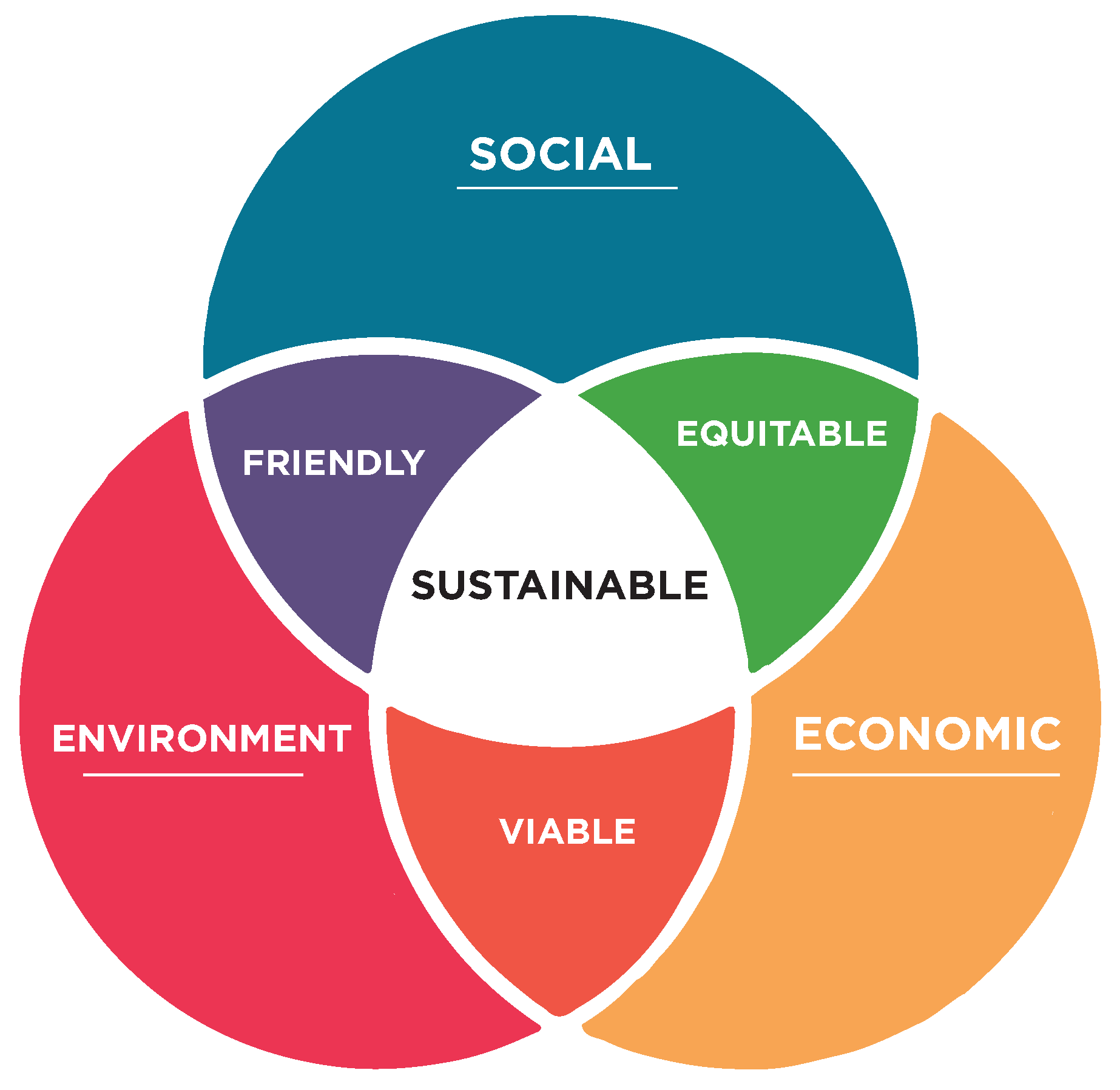
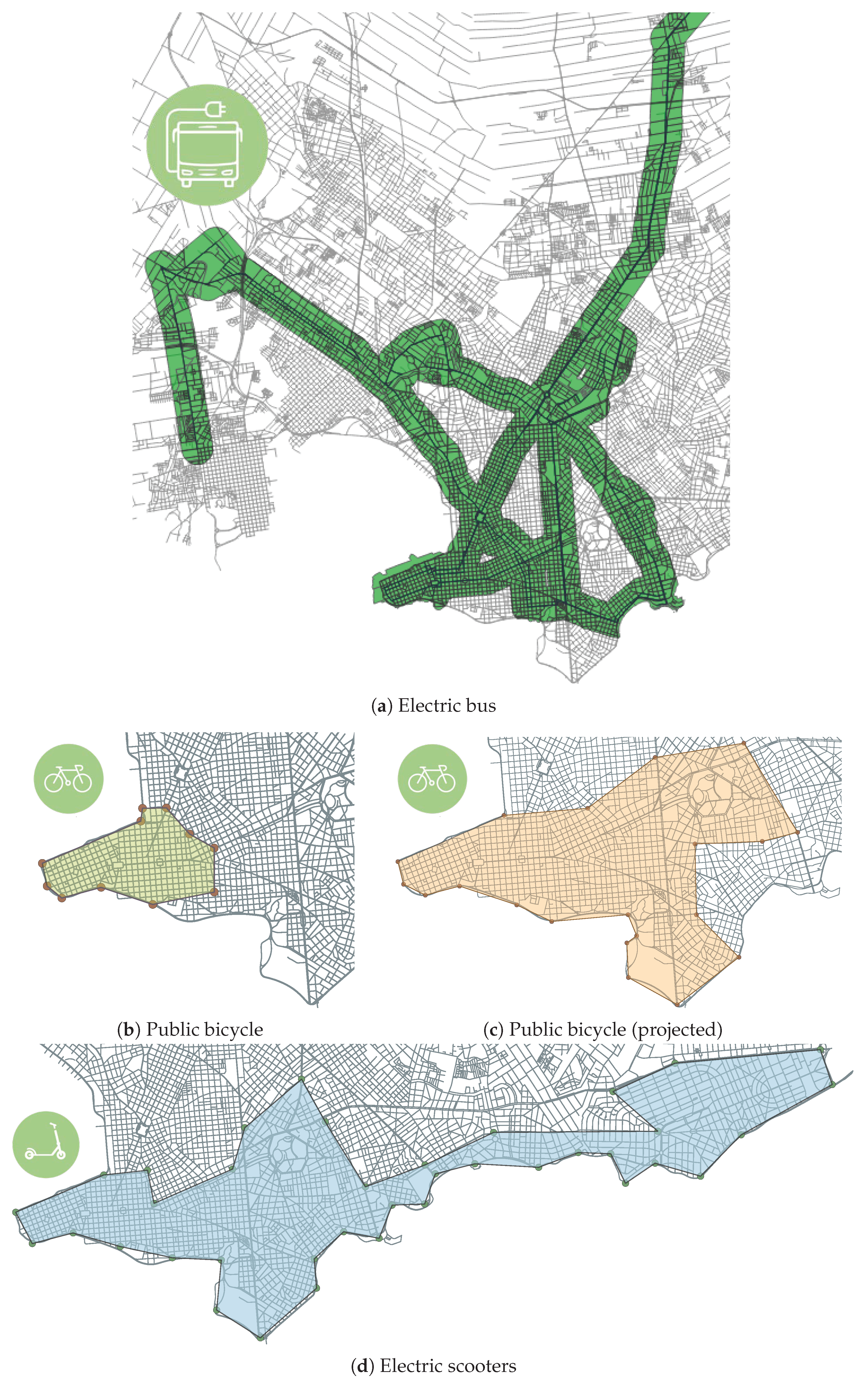
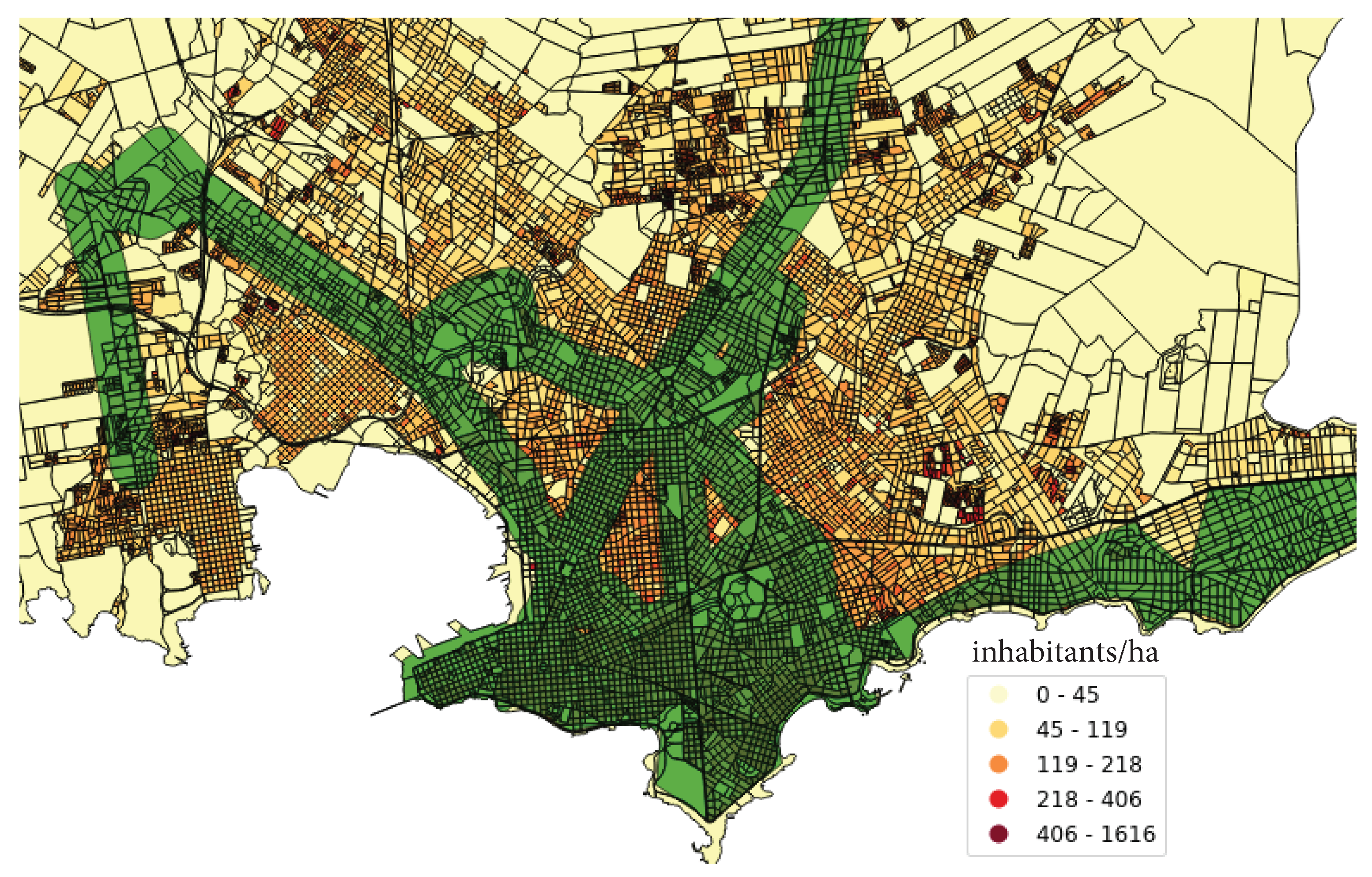
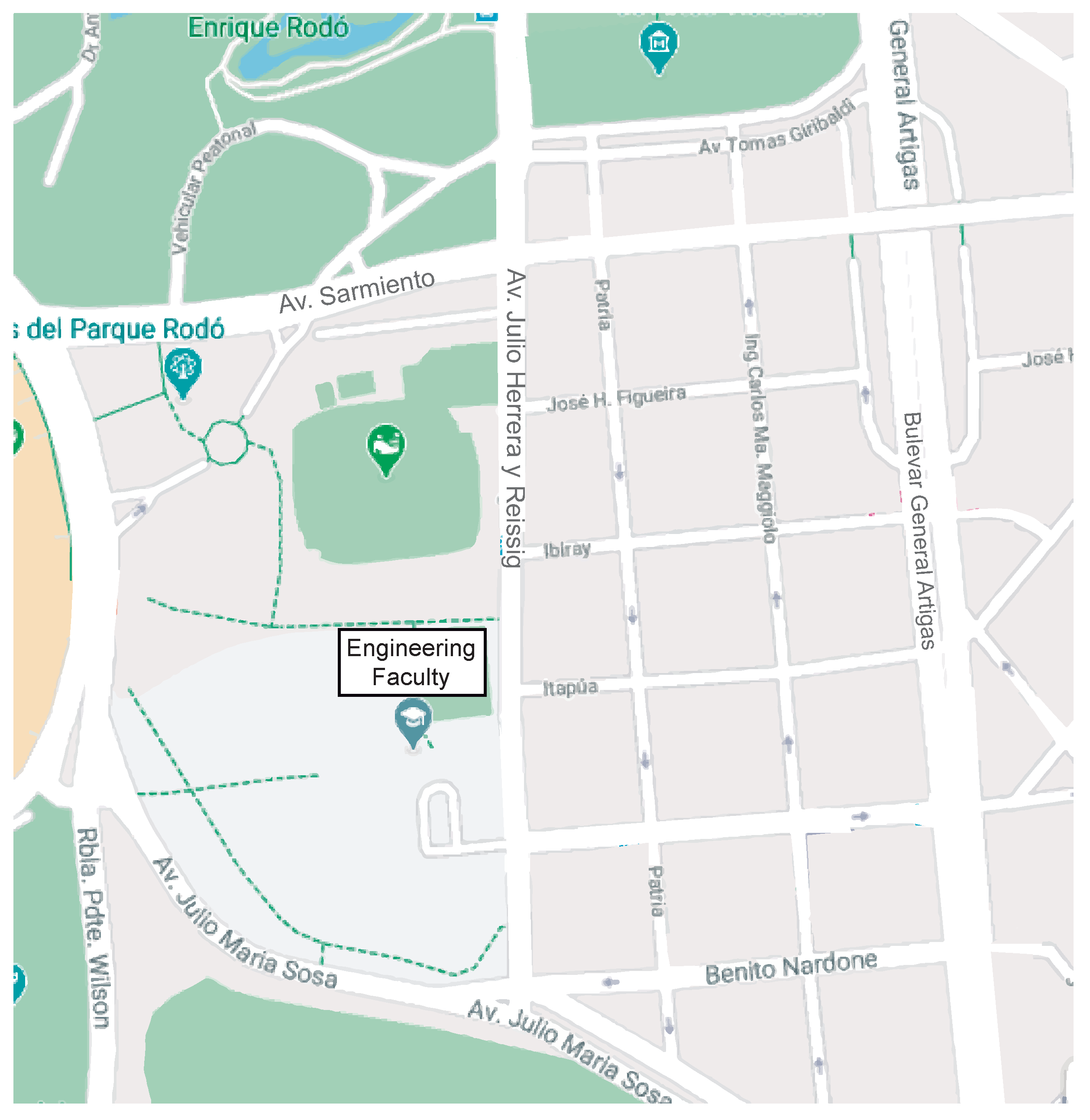

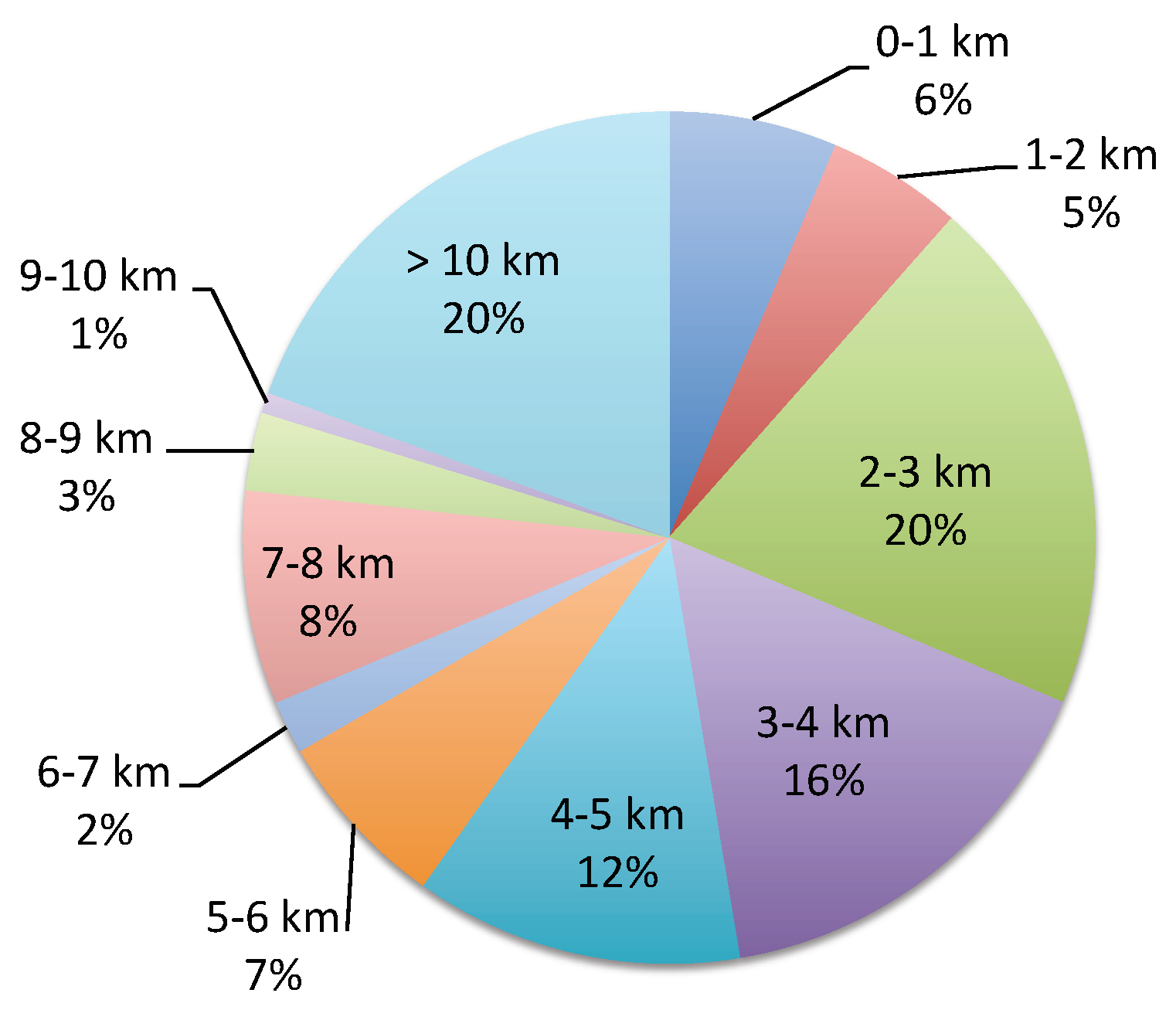
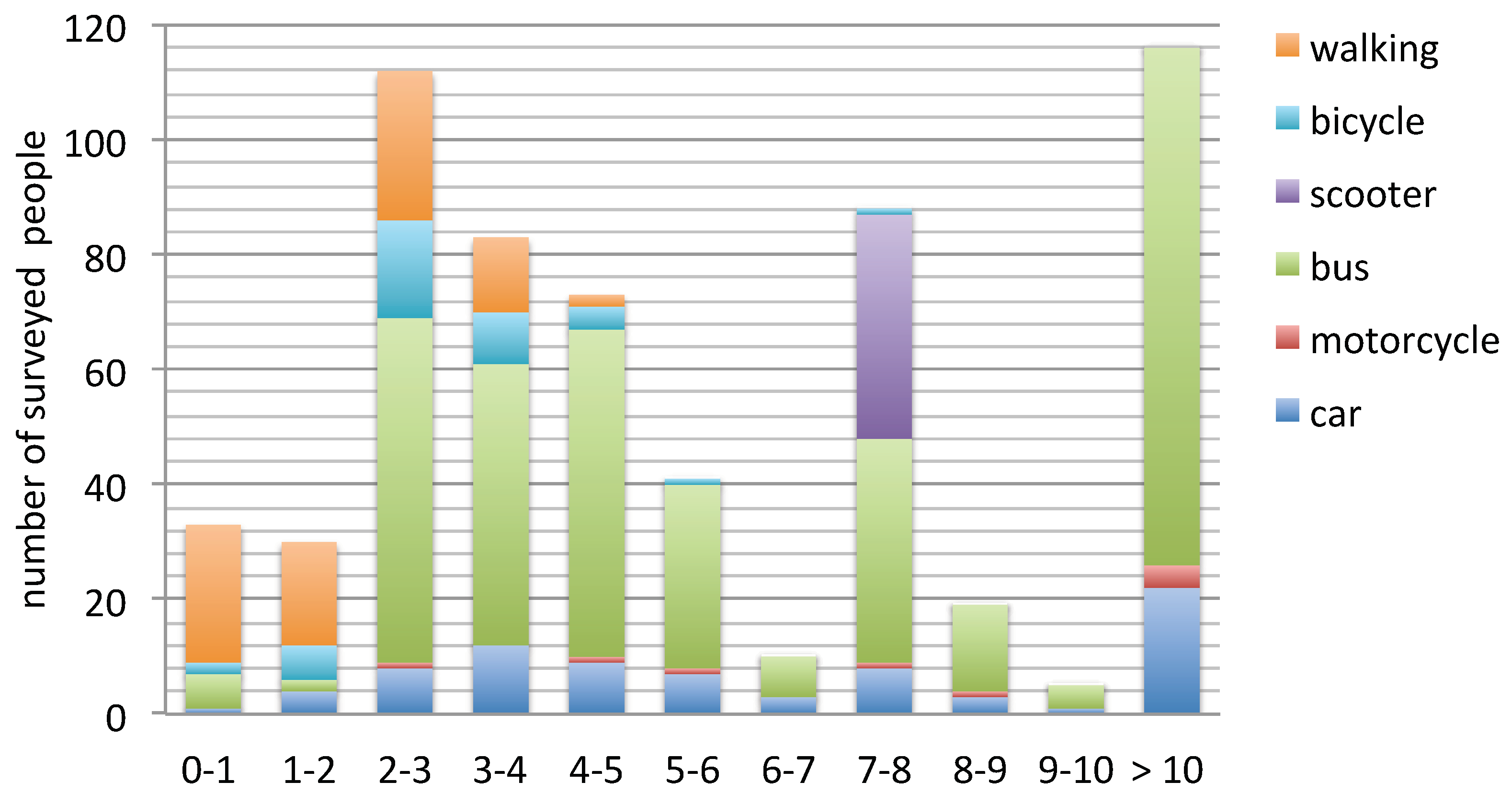
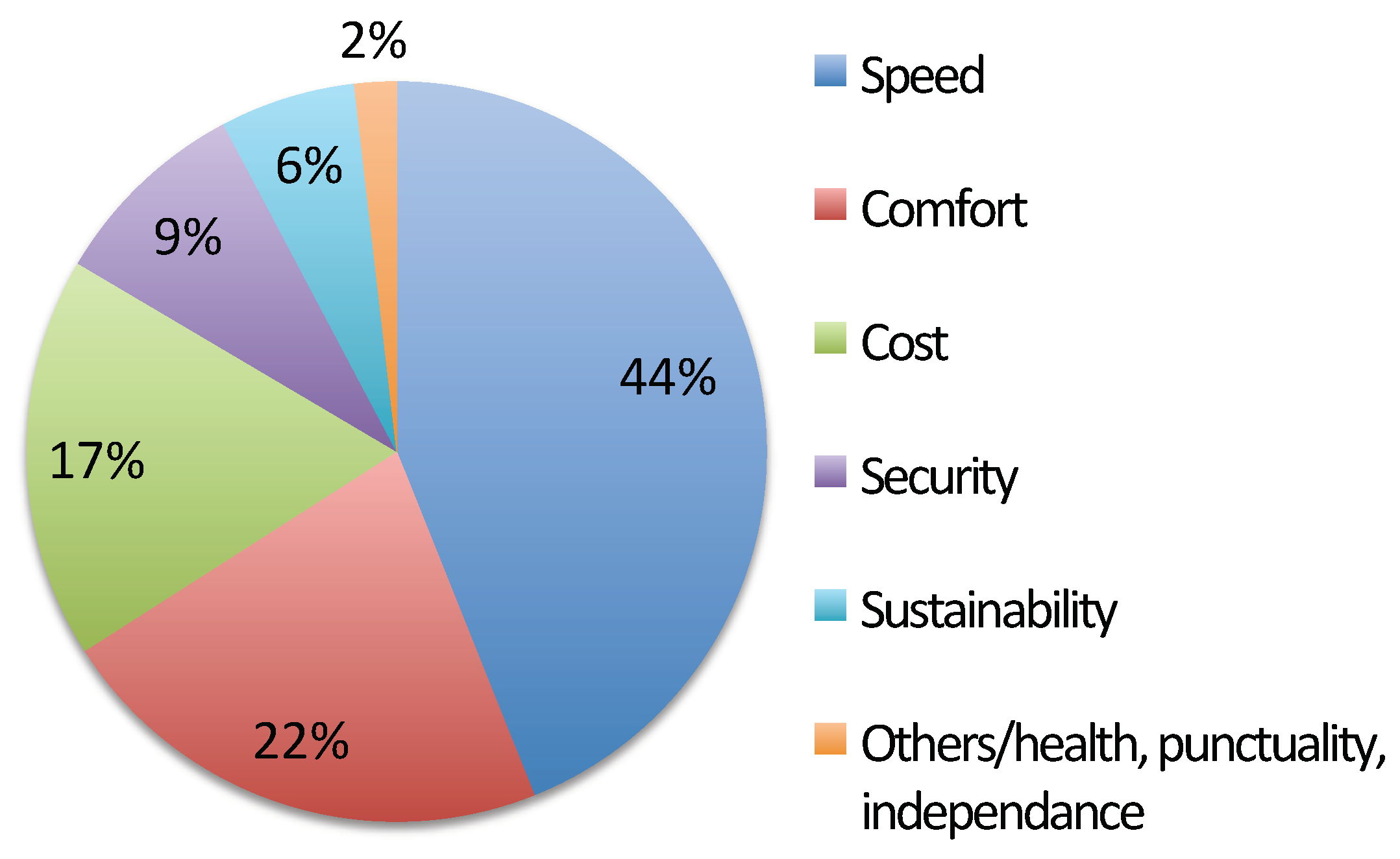
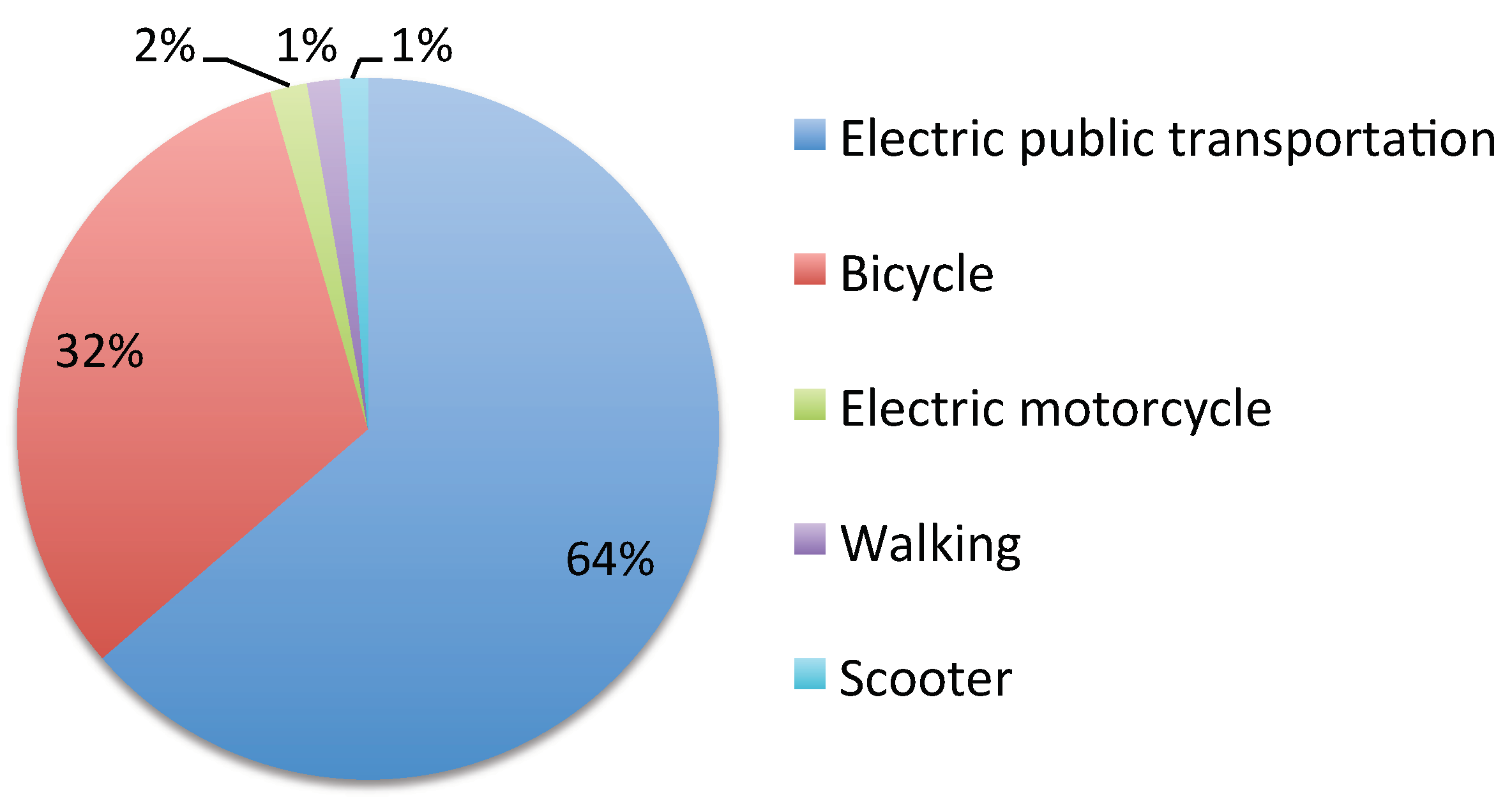
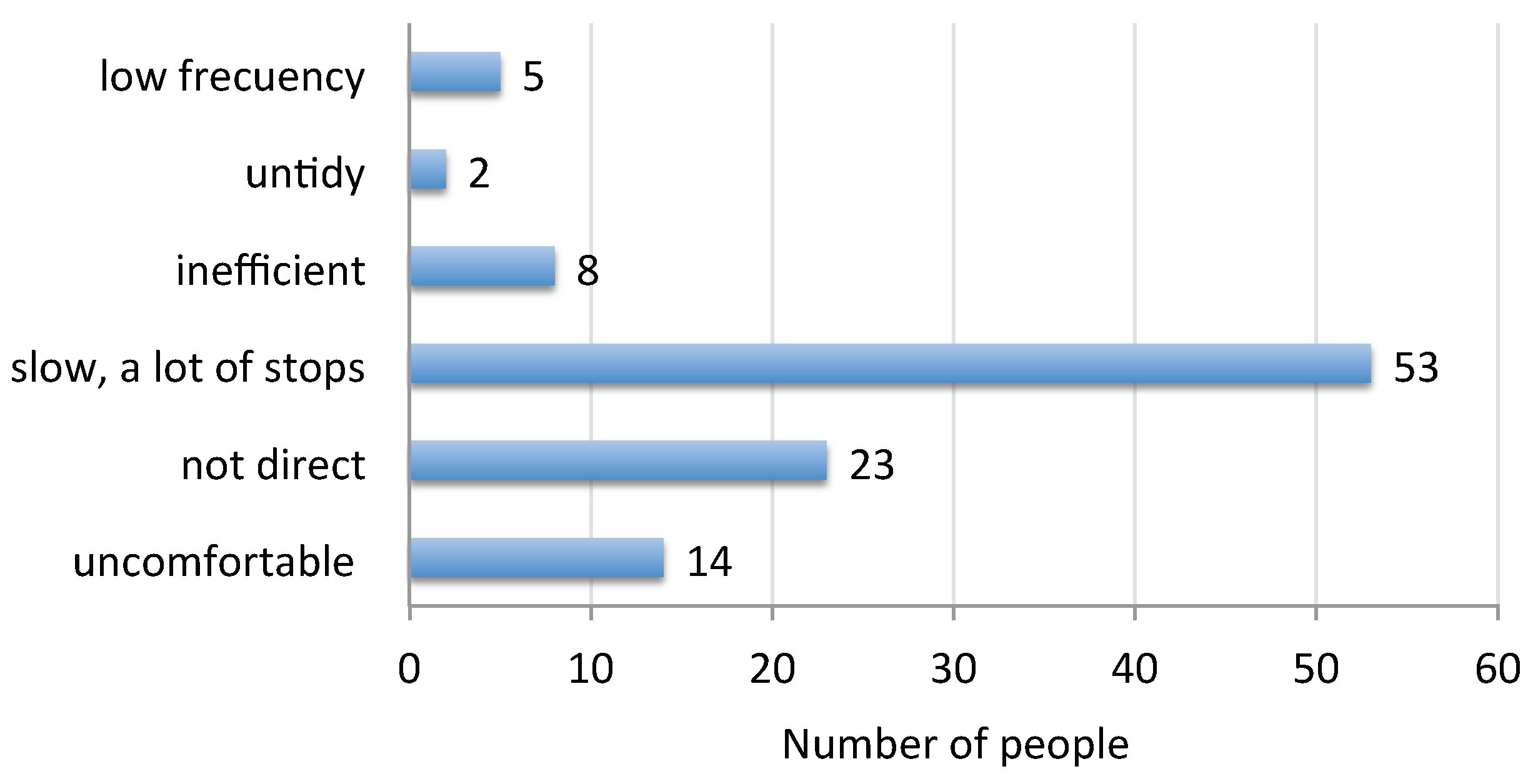
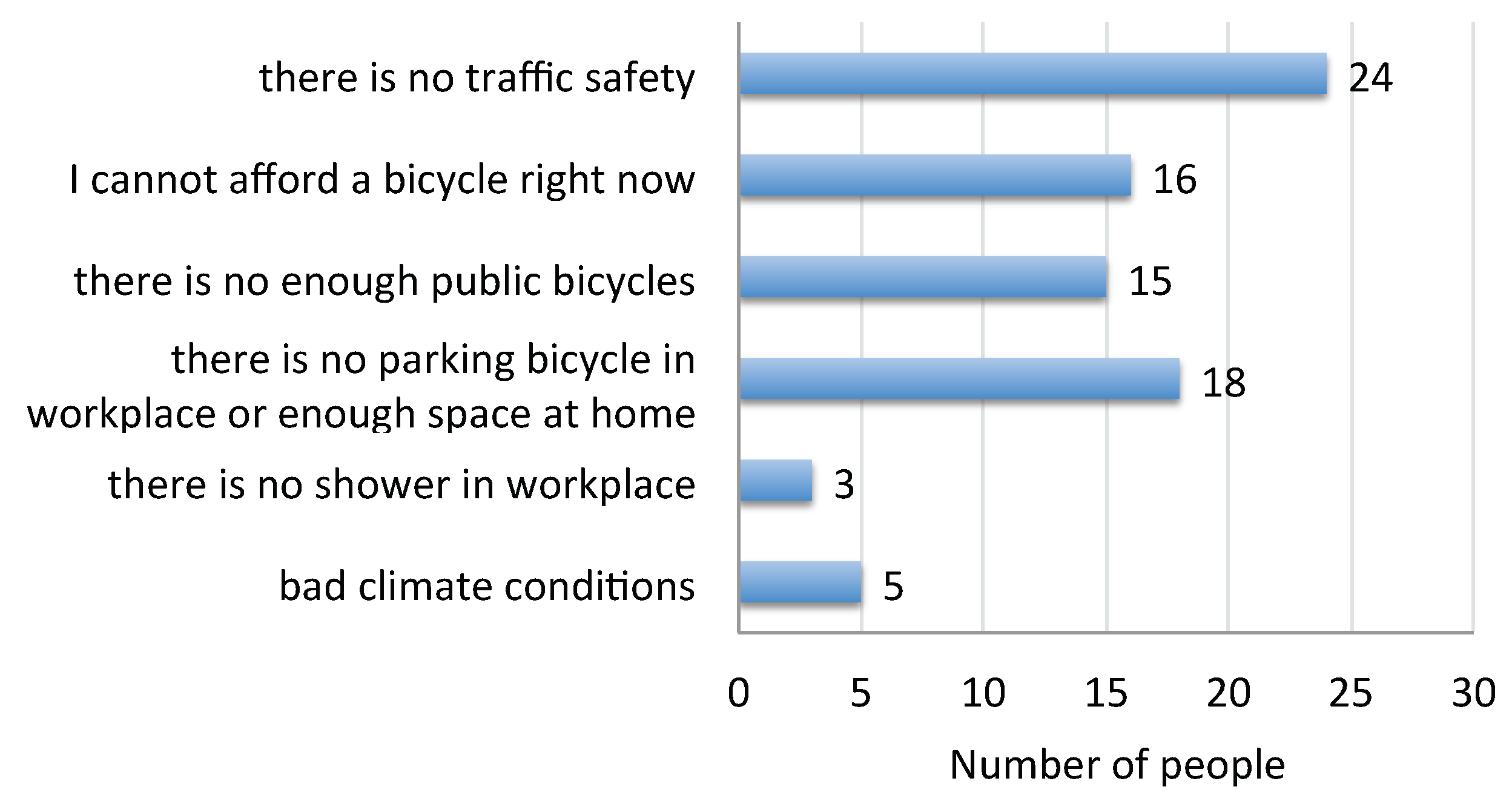
| Line | Days | Percentage |
|---|---|---|
| 128 | 78 | 14.0% |
| 142 | 16 | 2.9% |
| 169 | 47 | 8.4% |
| 180 | 303 | 54.4% |
| 181/183 (circular line) | 45 | 8.1% |
| 187 | 20 | 3.6% |
| other lines | less than 6 days | less than 1% |
| Initiative | Area | Coverage | Coverage Indicator |
|---|---|---|---|
| electric bus | 51.4 km | 25.7% | 2.57 |
| public bicycle | 3.5 km | 1.75% | 0.175 |
| public bicycle (projected) | 13 km | 6.5% | 0.65 |
| electric scooter (Grin) | 23.5 km | 11.75% | 1.175 |
| electric scooter (Lime) | 15 km | 7.5% | 0.75 |
| electric scooter (Movo) | 7 km | 3.5% | 0.35 |
| electric scooter (overall) | 23.5 km | 11.75% | 1.175 |
| Trip Length: 15 min | ||||||
| income | 45 trips | 60 trips | ||||
| bus | bicycle | scooter | bus | bicycle | scooter | |
| minimum | 9.1% (8.2) | 0 (10.0) | 22.7% (3.9) | 12.0% (7.3) | 0 (10.0) | 30.2% (1.5) |
| middle | 5.5% (9.5) | 0 (10.0) | 13.9% (6.7) | 7.3% (8.8) | 0 (10.0) | 18.5% (5.2) |
| Trip Length: 45 min | ||||||
| income | 45 trips | 60 trips | ||||
| bus | bicycle | scooter | bus | bicycle | scooter | |
| minimum | 9.1% (8.2) | 4% (9.8) | 57.2% (0.0) | 12.0% (7.3) | 5.4% (9.4) | 76.2% (0.0) |
| middle | 5.5% (9.5) | 2.5% (10.0) | 35.0% (0.0) | 7.3% (8.8) | 3.3% (10.0) | 46.7% (0.0) |
| Bus | Bicycle | Electric Scooter | ||||||
|---|---|---|---|---|---|---|---|---|
| 3 km | 10 km | EtoE (17.3 km) | 3 km | 10 km | EtoE (3.5 km) | 3 km | 10 km | EtoE (17.5 km) |
| 17.8 | 49.3 | 116.0 | 13.3 | 44.4 | 15.6 | 17.0 | 52.0 | 89.5 |
| Transportation Mode | Number of Trips | Percentage |
|---|---|---|
| walking | 83 | 13.0% |
| bicycle | 40 | 6.3% |
| scooter | 0 | 0.0% |
| bus | 361 | 56.4% |
| more than one transportation mode (on different days) | 69 | 10.8% |
| non-sustainable transportation modes (car, motorcycle) | 87 | 13.6% |
| total | 640 | 100.0% |
| Neighborhood | Distance | Bus | Bicycle | Scooter | Walking |
|---|---|---|---|---|---|
| Parque Rodó | 1.0 km | - | 4.4 min | 7.0 min | 12.0 min |
| Cordón | 2.5 km | 18.9 min | 11.0 min | 14.5 min | 30.0 min |
| Tres Cruces | 3.0 km | 21.2 min | 13.3 min | 17.0 min | 36.0 min |
| Pocitos | 3.5 km | 28.4 min | 15.5 min | 19.5 min | 42.0 min |
| Centro | 3.7 km | 24.4 min | 16.4 min | 20.5 min | 44.4 min |
| Prado | 8.0 km | 44.4 min | 35.5 min | 42.0 min | - |
© 2020 by the authors. Licensee MDPI, Basel, Switzerland. This article is an open access article distributed under the terms and conditions of the Creative Commons Attribution (CC BY) license (http://creativecommons.org/licenses/by/4.0/).
Share and Cite
Hipogrosso, S.; Nesmachnow, S. Analysis of Sustainable Public Transportation and Mobility Recommendations for Montevideo and Parque Rodó Neighborhood. Smart Cities 2020, 3, 479-510. https://doi.org/10.3390/smartcities3020026
Hipogrosso S, Nesmachnow S. Analysis of Sustainable Public Transportation and Mobility Recommendations for Montevideo and Parque Rodó Neighborhood. Smart Cities. 2020; 3(2):479-510. https://doi.org/10.3390/smartcities3020026
Chicago/Turabian StyleHipogrosso, Silvina, and Sergio Nesmachnow. 2020. "Analysis of Sustainable Public Transportation and Mobility Recommendations for Montevideo and Parque Rodó Neighborhood" Smart Cities 3, no. 2: 479-510. https://doi.org/10.3390/smartcities3020026
APA StyleHipogrosso, S., & Nesmachnow, S. (2020). Analysis of Sustainable Public Transportation and Mobility Recommendations for Montevideo and Parque Rodó Neighborhood. Smart Cities, 3(2), 479-510. https://doi.org/10.3390/smartcities3020026






